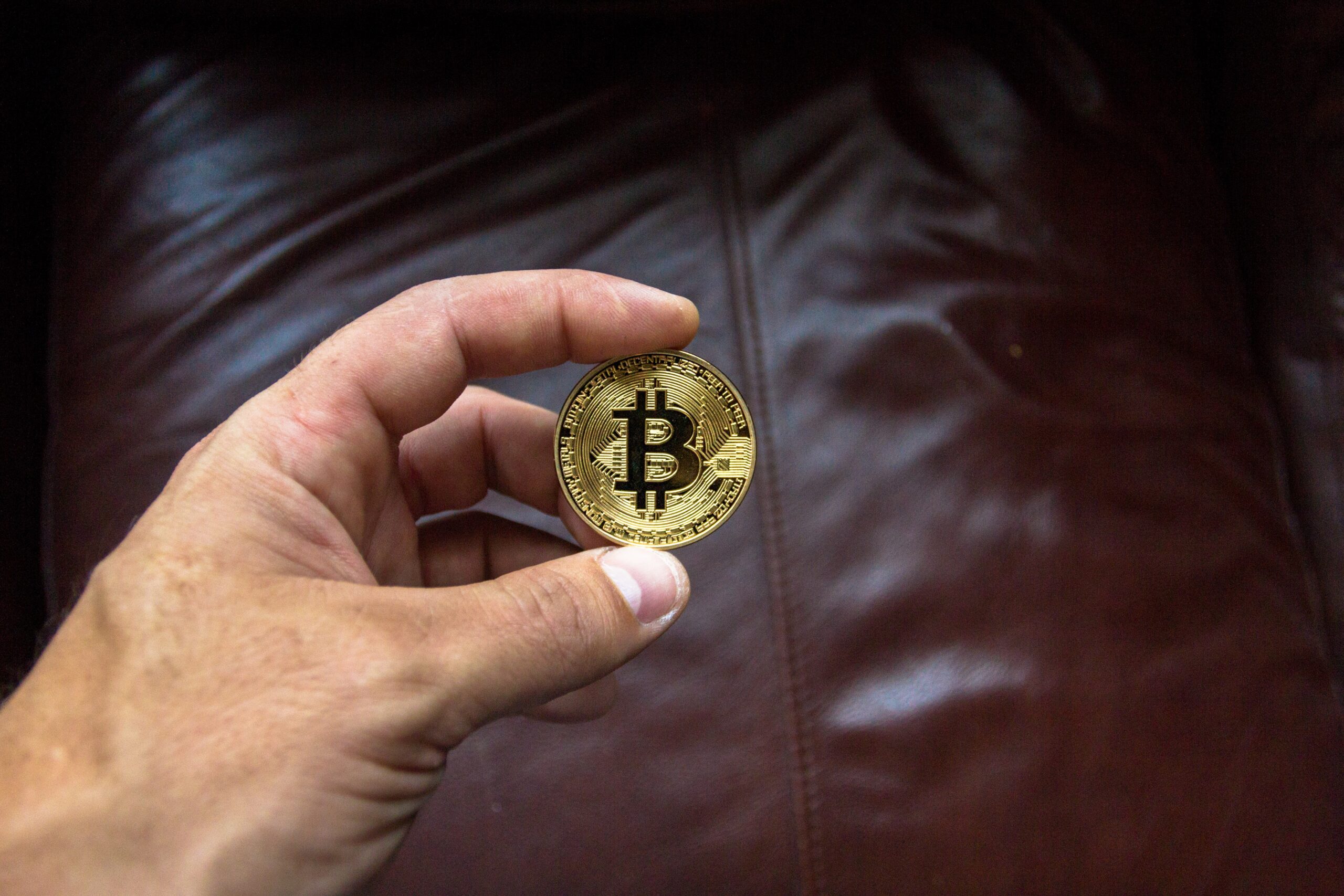How Bitcoin Transactions Work
The last time, we learned approximately bitcoin wallets and the way they paintings. We defined that bitcoin wallets don’t honestly keep physical bitcoins – they save private and public keys required to get admission to your bitcoins.
In this lesson you’ll learn such things as:
a bitcoin transaction is a switch of price the use of the bitcoin community
bitcoin transaction records isn’t encrypted
absolutely everyone can view a bitcoin transaction the usage of a blockchain explorer
transactions need to be validated with the aid of miners at the blockchain network
miners obtain bitcoin rewards in change for verifying transactions

Bitcoin transactions on the bitcoin blockchain
The bitcoin blockchain is a public ledger on which each bitcoin transaction is recorded. Each bitcoin transaction inside the history of bitcoin may be found on that ledger – from the first actual bitcoin transaction to mysterious transfers of $one hundred million. It’s all viewable for anybody to see.
The blockchain is maintained by way of a community of nodes. Nodes are computers linked together throughout the bitcoin network. Each pc runs the bitcoin software program. These nodes create the decentralized network in the back of bitcoin. No unmarried node is worth extra than some other node. It’s a decentralized, democratic system outside the control of any centralized authority.
Allow’s say you want to send bitcoin to someone. You open your bitcoin wallet, input your recipient’s pockets cope with, and authorize the switch.
At this point, your transaction is despatched to the bitcoin network wherein it will be validated by way of the community of nodes. Valid transactions are added to their individual reproduction of the ledger, and each pc publicizes their model of the ledger to different nodes on the network. Those nodes create a “consensus” – they reach an agreement at the “actual” version of the bitcoin blockchain. Then, a block of transactions is introduced to the chain – for this reason the name blockchain.
Once a transaction is processed and demonstrated by way of the bitcoin community, the personal keys for that precise bitcoin are transferred to the recipient’s pockets.
To be clear, you don’t ever surely “keep” your bitcoins. Rather, you very own bitcoin due to the fact there’s a verifiable chain of transactions proving your possession of that bitcoin. The motive you “own” your bitcoin is because the closing transaction of that precise bitcoin turned into traced on your pockets cope with. Your non-public key proves possession, and also you preserve that bitcoin for as long as you very own the personal key.
All and sundry can test bitcoin’s transaction history the use of a blockchain explorer. A blockchain explorer is sort of a search engine for a blockchain. You can search for particular wallet addresses or transactions. All of this transaction information is publicly viewable.
Nodes compete for a block reward
So you’ve sent a bitcoin transaction to the bitcoin network. Next, the nodes on the community will compete with each other to affirm that transaction. The primary node to efficiently solve that transaction will receive a block praise inside the form of bitcoins. Nodes require bitcoin in exchange for their work validating transactions and keeping correct facts throughout the bitcoin network.

Once the node has established the transaction, your recipient’s pockets will show the obtained bitcoins, and your wallet will not display your very own bitcoins. The node that processed your transaction will get hold of a praise within the shape of bitcoins.
Recieve your free eBook updates and free training on bitcoin and cryptocurrency please subscribe below
Yours to success
![]()







